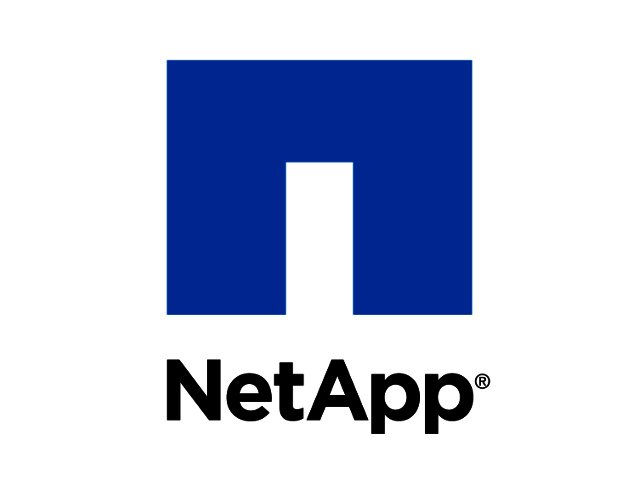How businesses can outsmart data gravity in a multi-cloud infrastructure
By Konstantin Ebert, senior director Middle East, Eastern Europe, Africa, Russia & CIS, NetApp
Data is increasingly important for any business. As a result, CIOs need to continuously optimise their data management strategies to adapt. A key component here is the cloud.
In many IT infrastructures, however, data gravity hampers the movement of data between the cloud and an on-premise data centre, which makes the use of cloud resources less efficient. An increasing challenge for IT managers is to implement a multi-cloud infrastructure with the necessary data control.
CIOs are now under more pressure than ever before to support the digital transformation of processes through flexibly deployable IT resources. The cloud is instrumental for this. Depending on the format and sensitivity of business data, it can sometimes remain idle. This is known as gravity: data “sticks” within the existing infrastructure.
Digital data has mass, latency and privacy
There are different factors that create data gravity, such as the size of data. It can be a challenge to migrate a multi-terabyte storage infrastructure to a new platform. Also, applications that require fast access to data can make it difficult to switch to a new system platform. EU regulation and guidelines also make certain stipulations around data governance, such as that personal information can only be saved to servers that are local to where the business operates.
These examples show how data gravity occurs and how data can be closely connected to a particular infrastructure. This makes it difficult for IT experts to move data into and out of the cloud and to dissolve existing data siloes within an organisation.
The secure gap between private and hybrid cloud
The data fabric concept is NetApp’s response to this challenge. The NetApp Private Storage for Cloud solution, for example, enables businesses to use different cloud infrastructures while keeping control of their data. This is done by creating a link between on-premise systems and resources from the public cloud.
NetApp also supports businesses in moving away from single storage arrays, and enabling a dynamic data and workload transport across all resources, including the cloud. CIOs are always in full control: business data remains in NetApp’s storage systems, which are physically located close to the public cloud. With this, businesses can make use of the enormous capacity of hyperscalers such as Amazon Web Services, whilst abiding by local compliance and governance requirements.





